Photo Restoration
Photo Restoration
Photo Restoration come in all shapes and sizes. Ranging from fold marks and a few scratches to a tragic shredder accident - I can help fix it.
Very few of the photos that I receive are too far gone. Don’t give up hope - get in contact and I’ll see what I can do.
Due to the high variety of damage that needs restoring Photo Restration services cost anywhere between £16-£39+.
Quotes are free so don’t hesitate to get in touch!
How does it work?
-

Step 1. Find the photo
You’re going through old things and find a whole heap of photos that have seen better days and need a bit of love.
Or, maybe you just find one and you want to restore it to its former glory?
-

Step 2. Send in the photo(s).
You send us the photo(s) by either:
- Scanning them in yourself (see our guide on how to do this).
- Send us the physical copy (if you’re comfortable doing so).
- Drop the photos off in person to Nick Ford Photography, BN1 4LA.
-

Step 3. We edit your photo(s).
We get to work editing your photo(s) and send you updates along the way.
Once revision one is completed, we will send you a side by side comparison of the before and after.
If you’re happy, move on to step 4 - if not, we revise the restoration until you are!
-

Step 4. Reprint or admire digitally.
The fun bit! Once you’re happy with your restoration, we send you a digital copy of both the original and the edited image.
This is when you get to decide if you’d like any reprints for gifts or a frame to hang in your house, the sky is the limit.
-
The older the photo is, the more susceptible it is to fading colours. Faded colours can be fix in a number of ways. If I feel the photo is ‘too far gone’ its not too late to restore it. In cases where there’s next to no colour, I’d restore your photo to a good quality black and white image and colourise it using a variety of tools - this would land in Photo Colourisation rather than your average restoration.
-
Photos can get a lot of use, moving from album to album, wallet to wallet, and so on. During their lifetime they can pick up fissures and cracks - especially the further back in time you go. These imperfections can be removed using digital tools.
-
Faces are a tough one. Not knowing the people we’re restoring personally, it’s hard to bring back missing pieces of their heads/faces. Using either the little information left on the image or by using reference images (many of our services are made easier through reference images so don’t be afraid to overshare) you’d be surprised what can be repaired through restoration.
-
A photo can be discoloured in a few different ways:
Patches of discolouration can occur due to water damage., whole sections of an image can be discoloured due to sun damage.
The list of discolouration causes could go on forever. Much like faded colour, this can be fixed through many different means. The discolouration is often patchy but after a restoration, the whole image would look much more uniform.
-
Much like other sections such as Fissures or Cracks - damage to your old photos is almost an inevitability. Photos can get marked in transit while being framed or even scratched by young ones.
-
When removing old photos from frames or albums, pieces can be ripped off. In this situation, most people would throw away the piece assuming it will never be repaired again. Even without this missing section, we can usually piece together missing areas. As the facial reconstruction section explains, reference images can aid in restoration so feel free to send over any images that could be of use.
-
Photos get forgotten. They get thrown in a cardboard box when you move, chucked into your loft or garage and left there for many years. I often get people disappointed to find a whole heap of photos harbouring mould and ruining their precious mementoes. This can usually be fixed through healing and cloning tools. Mould restorations can range in price due to the complex nature of the restoration. For example, restorations involving faces are MUCH more time-consuming than those that involve a blue sky - every repair is different.
-
In hindsight, folding photos is ALWAYS a bad idea. If you want to keep a photo of a loved one in your wallet, it often ends up folded in half. Over time this can cause a lot of damage to a photo rendering it practically visually blank. If this is done with a copy then its not such a big deal but when an original is used, the results can be quite upsetting.
-
A shredder mishap, a dramatic tearing of a photo during an argument, or any number of scenarios can end in a photo in separate pieces. These sections can be put back together, much like a puzzle, and stitched together to reunite sections - filling in missing sections if required.













